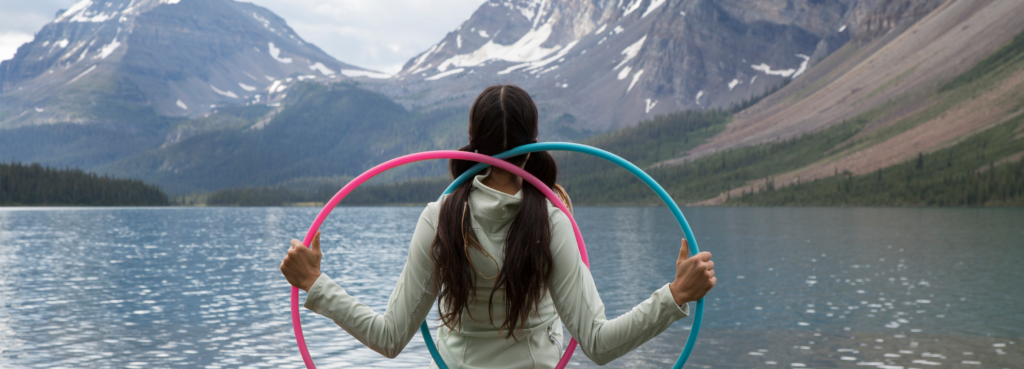To acknowledge this land on which we stand is to acknowledge truth. To acknowledge truth is to acknowledge connection and disconnection. To acknowledge connection and disconnection is to acknowledge the Nations who care for our mother. To acknowledge our mother is to acknowledge truth. To acknowledge truth is to acknowledge that truth is at the forefront of the conversation. – Monique Aura, Oneida Nation 3
Land Acknowledgement: More Than Words
To begin our journey, we’ll start with a land acknowledgement. A land acknowledgement is an effort to pay respect to the Indigenous Peoples of the territory upon which we physically sit. They express our relationship and our personal connection to the land based on knowledge that has been shared with us.
Watch this video featuring Kris Tierney and Cindy Crowe as they welcome you to this learning experience.
Video length: 10:32
Reflection
Do you know whose land you’re on? Learn which territory you’re on by visiting Whose Land.
Call to action
Have you given a land acknowledgement before? Try writing your own now.
As described in the Whose Land lesson plan, a land acknowledgement should include:
- The name of the Indigenous nation(s) whose traditional territory you live and work on
- How you benefit from this land (Hint: We benefit from buildings on the land such as the workplace, schools, houses, hospitals, etc. We also benefit from the land, water, sky, animals that provide us with food, water and materials)
- How Indigenous people were negatively affected by residential schools
- The legacy of colonization in relation to current issues, such as Missing and Murdered Indigenous Women and Girls
- How you are going to commit personally to the relevant Calls to Action towards Truth and Reconciliation
- Plus, anything extra that makes this land acknowledgment meaningful and personal. As an example, you might want to think about how you can commit to taking care of the land or you can honour the treaties, if applicable to your region.

- Additional land acknowledgment samples can be found here.
- HRPA’s Land Acknowledgement Guide

Etuaptmumk
Etuaptmumk, or Two-Eyed Seeing was introduced by Mi’kmaq Elders Albert, LLD, and Murdena Marshall. Elder Albert describes Etuaptmumk – Two-Eyed Seeing as the gift of multiple perspectives treasured by many Indigenous Peoples. It refers to learning to see from one eye with the strengths of Indigenous knowledges and ways of knowing, and from the other eye with the strengths of Western knowledges and ways of knowing – and learning to use both these eyes together for the benefit of all.
Join spoken word artist Rebecca Thomas in this video on Two-Eyed Seeing.
Video length: 14:22
Reflection
As you make your way along this learning path, consider the following:
- Keep an open mind and actively listen.
- Strive to understand.
- Hold respectful space for all voices.
- Recognize and share your own truth.
Call to action
How can you incorporate Etuaptmumk or Two-Eyed Seeing in your workplace or personal interactions?
This is module 1 of 6 and is part of the Self-Guided Journey for the National Day for Truth and Reconciliation. Continue to module 2 by clicking “Go to Next Module” or begin your journey on the homepage by clicking “Back to Main Page.”